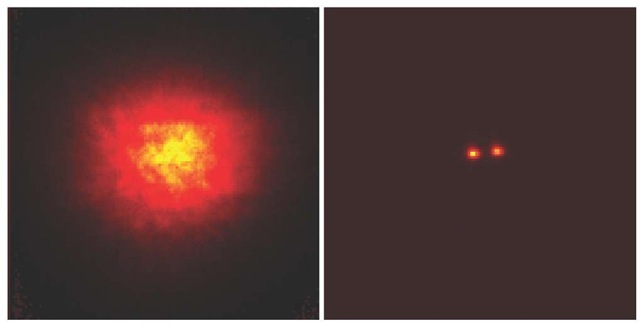
The smallest gap visible is limited by the smallest dot of ink the printer can produce, making the Siemens star a useful tool for comparing two printers' resolutions ( DPI). When printed or displayed on a device with limited resolution, however, the spokes touch at some distance from the center. In concept, the spokes only meet at the exact center of the star – the spokes, and the gaps between them, become narrower the closer to the center one looks, but they never touch except at the center.

It consists of a pattern of bright "spokes" on a dark background that radiate from a common center and become wider as they get further from it. And see Lloyd’s articles for Siemens star, or spoke target, is a device used to test the resolution of optical instruments, printers, and displays. Want a preview? Click on any page below to see an excerpt.

Make sharper images just by understanding lens behavior you won’t read about elsewhere. Real world examples with insights found nowhere else.Make better images, a sort of “cheat sheet” saving yourself months or years of ad-hoc learning-Guide to Zeiss spells out best practices.A year’s subscription covering ALL these lenses is a tiny fraction of the cost of just ONE lens. Save money by choosing the right lens for your needs the first time.A “cheat sheet” saving months of ad-hoc learning- Guide to Zeiss is much more than lens reviews. Make better images by learning how to get the best results right away.Zeiss mirrorless lenses are covered in Guide to Mirrorless and Zeiss ZM rangefinder lenses in Guide to Leica. Nearly a decade in the making, it covers everything you need to know for every lens in the ZF.2, ZE, Milvus and Otus lines. Subscribe now for about 21 cents a day ($75/year).īEST DEAL: get full access to ALL 8 PUBLICATIONS for only 68 cents a day ($249.95)!ĭiglloyd Guide to Zeiss offers comprehensive integrated coverage of Zeiss DSLR lenses for Canon and Nikon.


Diglloyd Guide to Zeiss is by yearly subscription.


 0 kommentar(er)
0 kommentar(er)
